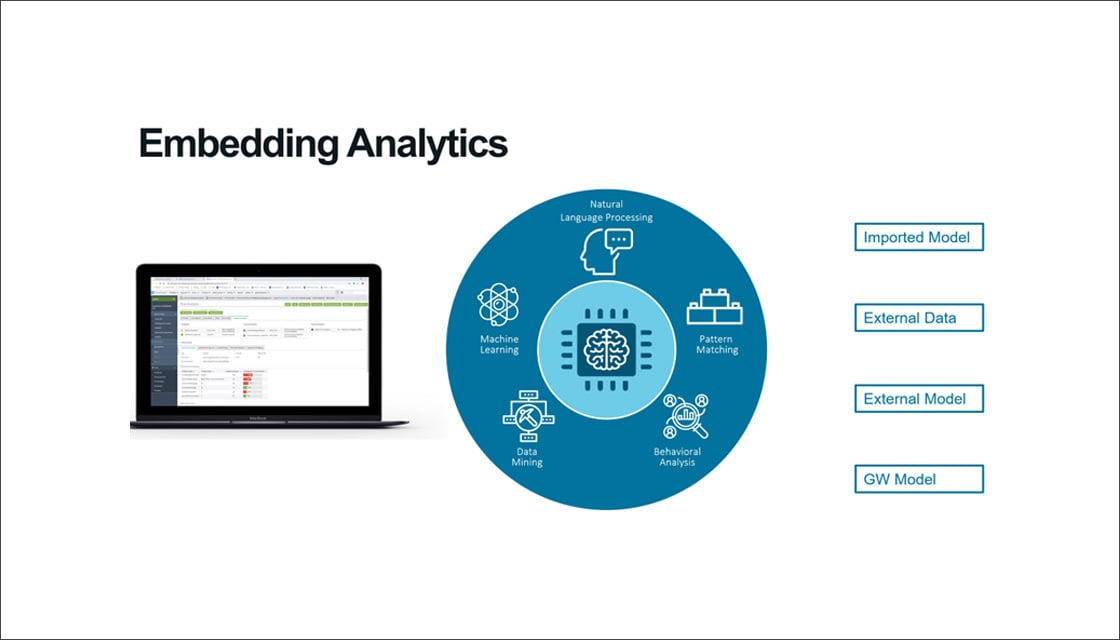
Insurance is a global business that must nevertheless account for local and even individual differences. I spoke in my last blog about the importance at Guidewire of understanding local cultures and viewpoints when delivering the best outcome for our customers and employees. This is a lesson that can be applied again and again to deliver better outcomes across multiple facets of our industry. Welcome to the future? One such instance is in the use of data analytics. Adopting data analytics driven workflows requires having a modern data architecture, smart core systems that can easily integrate third-party data, and the technology and expertise to deploy data insights quickly at the point of decision making. That is a lot to assemble, manage, and get right. Insurers in the Nordics are particularly advanced in their approach to data collection and their ability to operationalize data insights across business processes. The availability of quality data has enabled the development of analytic models which, in turn, have supported the development of automated, highly scalable, workflows. For example, we are seeing an increase of low-complexity claims resolutions through fast and automated straight-through processing, which is reducing internal costs and resulting in increased customer satisfaction. This provides a win-win scenario for both the insurer and the insured which is difficult to ignore. Such process automation is, however, reliant on localized risk information and the ability to ingest such information quickly when needed. Consequently, Guidewire has opted for easy integration of regional third-party data such as shape files of localized natural events. Last year’s flash floods in the Swedish counties of Dalarna and Gävleborg are a case in point. The use of localised data enabled relevant and timely assessment for fraud, loss impact, reserve calculations, reinsurance, and underwriting guidelines adjustments. In addition to local data, we believe that local knowledge and expertise are key components for success in the data-driven process revolution. Guidewire is therefore always on the lookout for local solution providers that can deliver added value to clients with their expertise. One example of such a collaboration is our work with Damvad, an innovative analytics firm with offices in Copenhagen and Stockholm, that focuses on the development of predictive and econometrics models. One of Damvad’s core competencies is to build best in class models to help prevent and better understand long-term illness claims. Damvad’s modelling expertise complements Guidewire’s competency in the P&C insurance industry while Guidewire’s technology expertise can enable a synergy of a scalable deployment model for Damvad’s predictive models. Damvad began collaboration discussions with Guidewire to deploy its models on Guidewire Predict, an advanced insurance-specific, machine-learning predictive analytics platform. This removes the burden of maintaining the individual bespoke API integration solutions currently used to deploy the models in its customer base, allowing Damvad to focus on creating value through their core competency. It also facilitates quick and easy integrations to new third party data sources, efficiently and safely. Keeping up with a changing world Using a single, pre-integrated predictive analytics tool means that Damvad and its clients require only one tool for the deployment and monitoring of their predictive models. This reduces precious IT requirements and allows for agility in an evermore competitive environment. It also breaks down the data siloes that prevent working at scale. Collaborating with local specialised firms, such as Damvad, easing the integration of local third-party data within otherwise complex dataflows, and automating around local requirements, driven by specific insurance products or regulations, are just some examples of how Guidewire is adapting its global expertise to solve local challenges. Insurance has always been a business of probability and understanding the numbers, but broad generalisations are no longer good enough. To really understand people and the risks that they face, a localised view is vital. In a fast-changing world with shifting risks, developing a localised approach through data analytics is something that the whole insurance industry needs focus on.